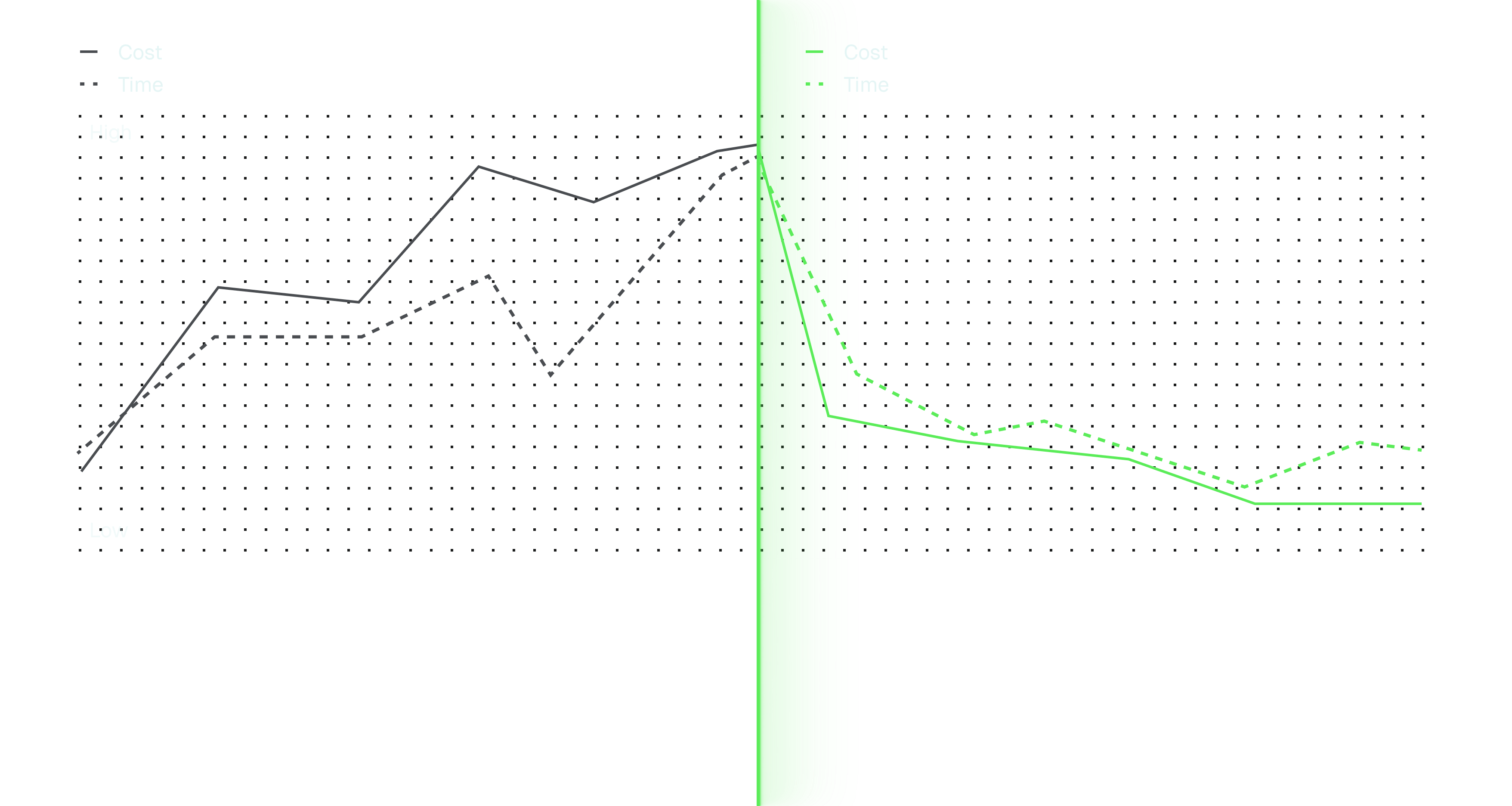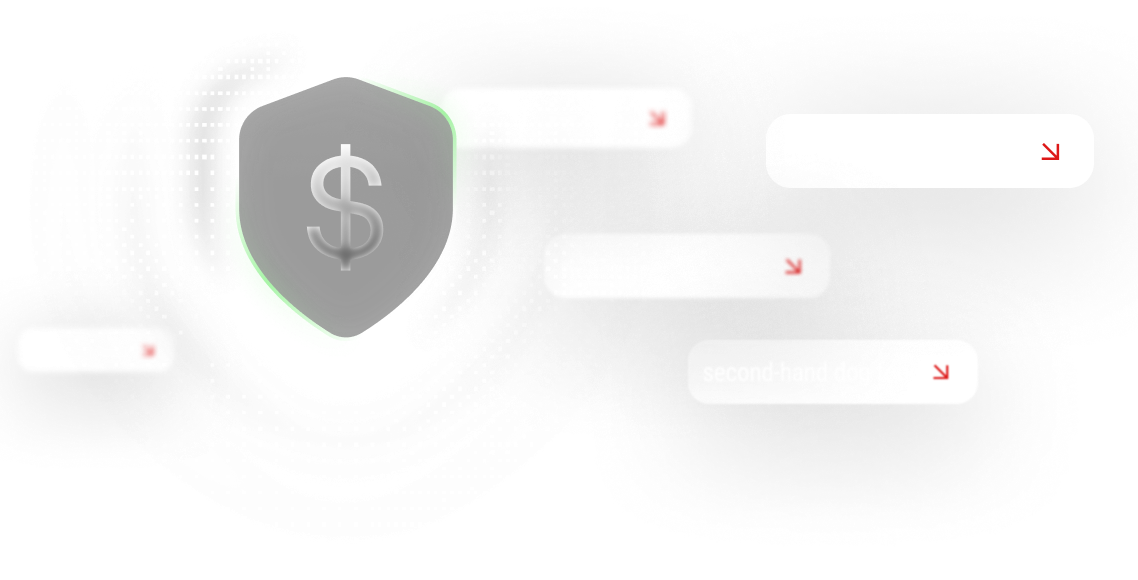Stop paying $2K-8K/month for limited availability and inconsistent results. Get 24/7 autonomous optimization without the freelancer hassle.

Hourly rates add up, limited availability and quality varies wildly
Fully autonomous, always available and consistent performance


Hourly Rates That Escalate Fast

Limited Availability & Response Time

Growth Means Higher Bills

Freelancer Churn & Knowledge Loss
Cost
$2k-$8k/month/freelancer
$99-$999/month
Availability
Part-time
24/7/365
Response Time
Hours To Days
Instant
Expertise Level
Limited By Hire Quality
AI Trained On $500B Data
Dynamic Landing Pages
Need Extra Developers
Built-In System
Consistency
Varies By Workload
Always Optimal
Your freelancer might be talented. But they're juggling 5-10 other clients, have limited hours, and can only optimize when they're logged in. AI Agents don't have those limitations.
24/7 Autonomous Optimization

Dynamic Landing Page Creation

Instant Implementation

Real-Time Budget Reallocation
5-minute setup
groas learns while your freelancer works normally
Compare groas vs your freelancer's manual work
Freelancer strategy review
Yes, groas is designed to fully replace freelancer work. Freelancers spend most of their time on execution - bid adjustments, keyword management, ad creation, and reporting - which groas handles autonomously 24/7. You're essentially paying $3K-8K/month for part-time work that AI does continuously at a fraction of the cost. While freelancers bring value through their availability and expertise, groas delivers the same optimizations without hourly billing, limited availability, or the risk of them taking on too many clients.
Your freelancer's knowledge comes from analyzing your campaign data- conversion patterns, customer behavior, and what's working. groas reads that same data and optimizes based on actual performance continuously. The difference is that your freelancer checks in a few times per week for scheduled hours, while groas monitors and adjusts every second. Business context is valuable, but 90% of what freelancers do is tactical execution that doesn't require deep business understanding - just data analysis and implementation, which AI excels at.
Absolutely, and we recommend it. Run both for 30 days on the same or similar campaigns and compare the results objectively. You'll see cost per conversion, ROAS improvements, and time investment side-by-side. Most companies find that groas delivers comparable or better performance at 5-10% of the cost, making it difficult to justify continuing with the freelancer. This gives you concrete data rather than making the decision based on assumptions.
Longevity doesn't change the economics. If you're paying $5,000/month ($60K/year) for someone to manage your campaigns part-time, that's significant budget you could reinvest in ad spend, product development, or growth initiatives. Your freelancer likely does great work within their available hours, but they're still limited to checking in periodically while groas optimizes continuously. The question is whether the relationship is worth paying 10-20x more for part-time coverage versus full-time autonomous optimization.
Setup takes 5 minutes and groas begins optimizing immediately. You can run groas alongside your freelancer during their final billing period (usually 30 days) to ensure a smooth transition with zero campaign disruption. All your campaign data, history, and structure remain in your Google Ads account - groas simply takes over the optimization work your freelancer was doing. Most companies notify their freelancer of the change, run both systems in parallel for a few weeks, then end the freelancer contract once they're confident in groas's performance.
